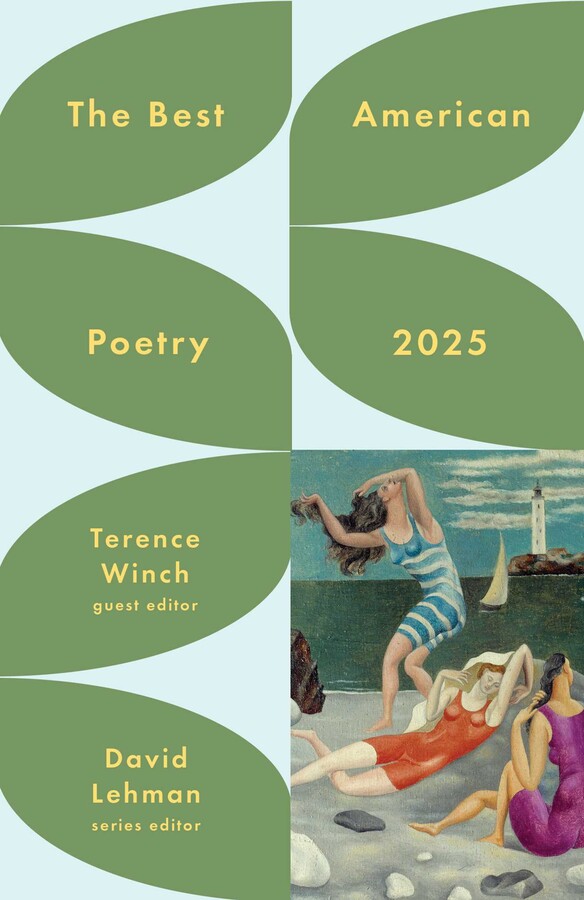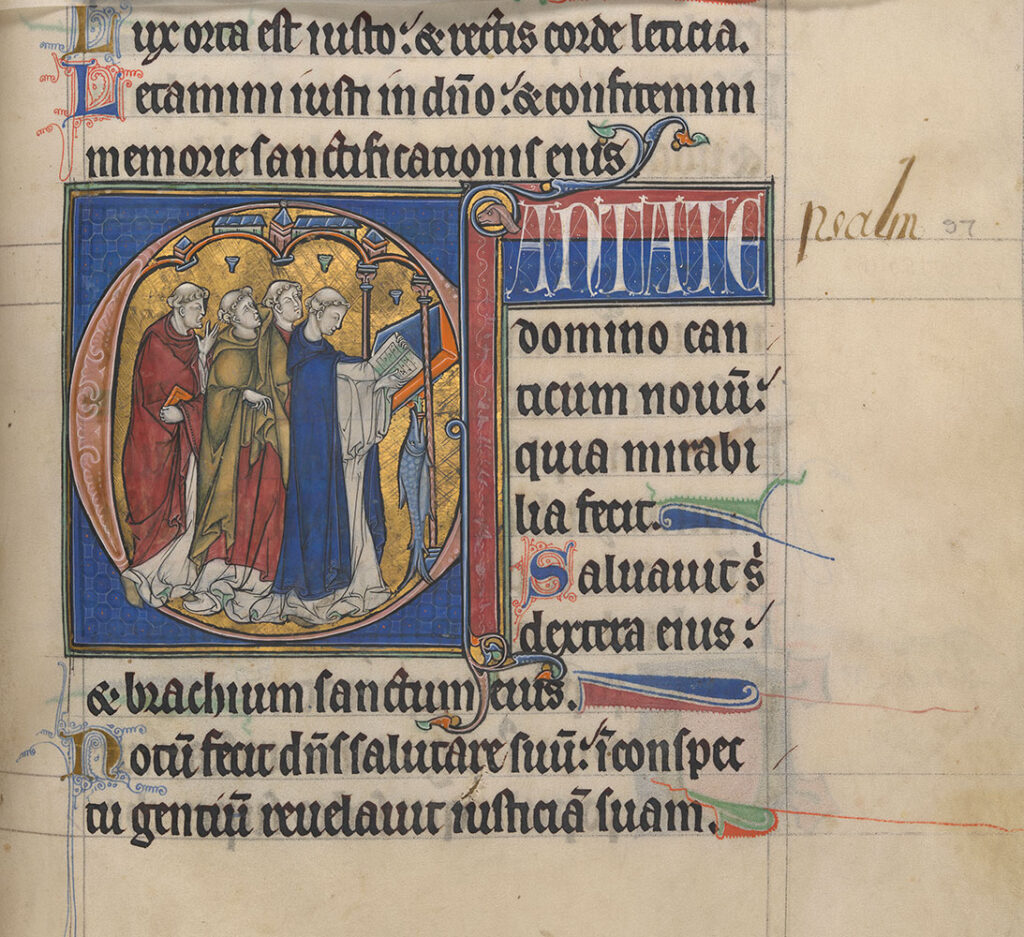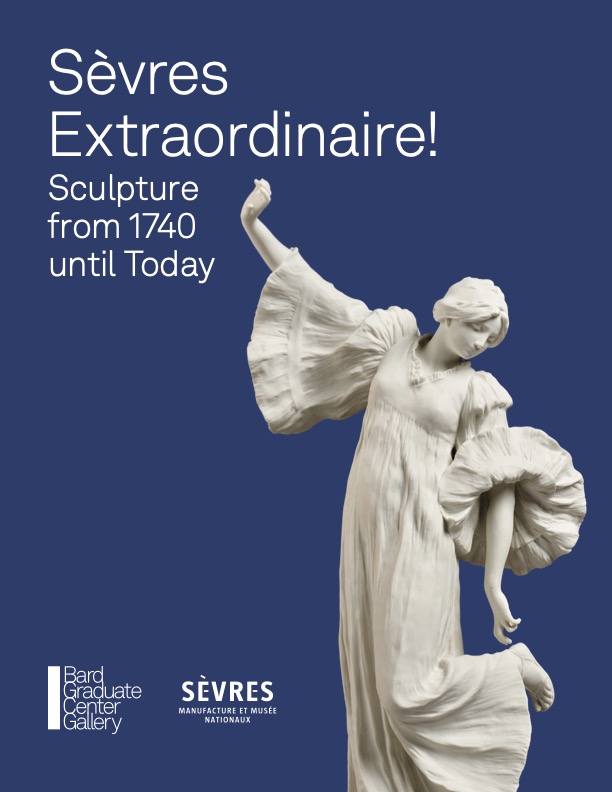
The Best American Poetry 2025, edited by David Lehman and Terence Winch (Scribner): “The word ‘Best’ in our title makes an aggressive claim,” says David Lehman. “But it’s worth making that claim for poetry.” The New Criterion has long identified with such aggression, and so the publication of the final volume in the Best American Poetry series, of which Lehman has been the editor for thirty-eight years, is an occasion for sadness as well as gratitude. New Criterion readers will recognize Amit Majmudar, Morri Creech, Donald Platt, and other familiars among the 2025 selections, whittled down by this year’s guest editor, Terence Winch, who also contributes regularly to the Best American Poetry blog (run by Lehman and his wife, Stacey Harwood-Lehman). For his part, Lehman, the winner of the twenty-fifth New Criterion Poetry Prize, will continue bringing his faculties of discrimination to bear on other venues, as he does in an essay on Ovid in our forthcoming October issue. —RE

“Chanting Clerics,” from the Windmill Psalter, late thirteenth century, The Morgan Library & Museum, New York. Photography by Carmen González Fraile.
“Sing a New Song: The Psalms in Medieval Art and Life,” at the Morgan Library & Museum (September 12, 2025–January 4, 2026): More psalm collections survive than any other kind of manuscript from the Middle Ages, attesting to the poems’ unique popularity with the medieval lettered elite. The Morgan’s exhibition, opening this Friday, places the biblical Book of Psalms, often beautifully illuminated, front and center. Psalm books were effectively the prayer manuals of the medieval world, with audiences ranging from monks and nuns, to children learning to read, to the nobility, who had sumptuous “books of hours” made for private devotion. While featuring a couple of fragments from antiquity and the early medieval period, the Morgan’s show will primarily focus on the creation, translation, and interpretation of psalters from the high and late Middle Ages (1150–1500). —AG

“Sèvres Extraordinaire! Sculpture from 1740 until Today,”at Bard Graduate Center (September 10–November 16): This week the Bard Graduate Center is spilling the tea on Sèvres, the storied producer of fine porcelain. Founded in 1740 under the patronage of Louis XV, Sèvres has been tied to the power of the French state across four centuries. Now in “Sèvres Extraordinaire! Sculpture from 1740 until Today,” two hundred works from the manufactory are going on view at Bard’s Upper West Side gallery space—most traveling abroad for the first time. Beyond cups and saucers, the exhibition looks broadly at Sèvres’ history of production, with figures, busts, medallions, and a range of decorative objects. Co-curated by Charlotte Vignon, Susan Weber, and Tamara Préaud, the exhibition reveals Sèvres’ relationship to the fine arts from the eighteenth century to the twenty-first. —JP

Doors of London: Styles, Stories, Art, and Architecture, by Cath Harries and Melanie Backe-Hansen (Sheldrake Press): Whereas the Englishman Aldous Huxley wrote about “The Doors of Perception,” Cath Harries and Melanie Backe-Hansen write with perception about doors, specifically in London. Their gazetteer of points of ingress in the British capital is a splendidly illustrated guide. Each neighborhood featured has a focus—door knockers in Westminster, fanlights in Greenwich and Lewisham, and so on—and the book also has delightful detours into such topics as boot scrapers and house numbers. Here is armchair tourism at its apogee. —BR
Dispatch:
“David and the modern Goliath,” by Anatoly Grablevsky. On recent exhibitions in Florence and Rome.
From the Archives:
“Castle clown: Céline at Sigmaringen,” by Jim Tuck (January 1996). On the curious career of Louis-Ferdinand Céline.


















